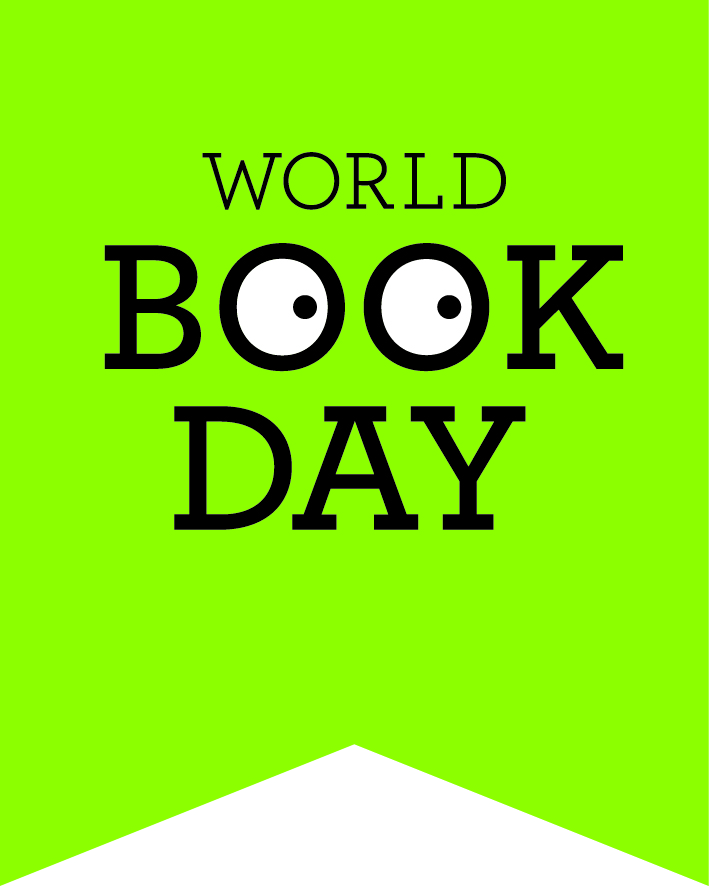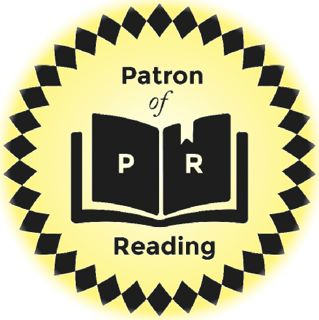
8. Finding the photographs
Picture research and photography
The camera never lies ...
Photographs help to explain a non-fiction text. A photograph shows something as it really is. It's not a made-up picture. It's a real, truthful image of a person, an object, a building, a scene, and so on.
But where do photographs come from, and who finds them?
Picture research
Once again, my plan is the starting point. I've got a good idea of the photographs I'd like to have in the book, and I list them in the plan.
The plan goes to a picture researcher – a person whose job is to research or find the photographs I've asked for. Here are some of the places the researcher searches for photographs:
- Picture libraries – online libraries with millions of photographs.
- Museums and art galleries – they have photographs of items in their collections.
- Companies – they have photographs of their products, equipment, and so on.
The picture researcher finds the images and emails them to me. There could be hundreds to look at. Many will not be what I'm hoping for, so I reject those. Some, though, are just what I want.
Question: Does it cost anything to use the photographs?
Answer: Some photographs are free to use, but most are not. The publisher pays to use them, and it can be expensive.

Taking our own photographs
Sometimes the photographs I've asked for are specially taken for the book. This is what happened for many of the photographs in Journey of a Book.
In the plan I described the photographs I wanted. Then, Karon, a photographer, took exactly the photographs I had hoped for.
Karon took some of the photographs in her studio, and some in the offices of the publisher.
So far on this journey of a non-fiction book we've found out about the author, editor, illustrator, picture researcher and photographer. But there's someone else in the team, someone who is often overlooked, someone who has a really important job. Who do you think that is? You'll find out about this person on page 9.
Top image © Capstone Global Library Ltd






